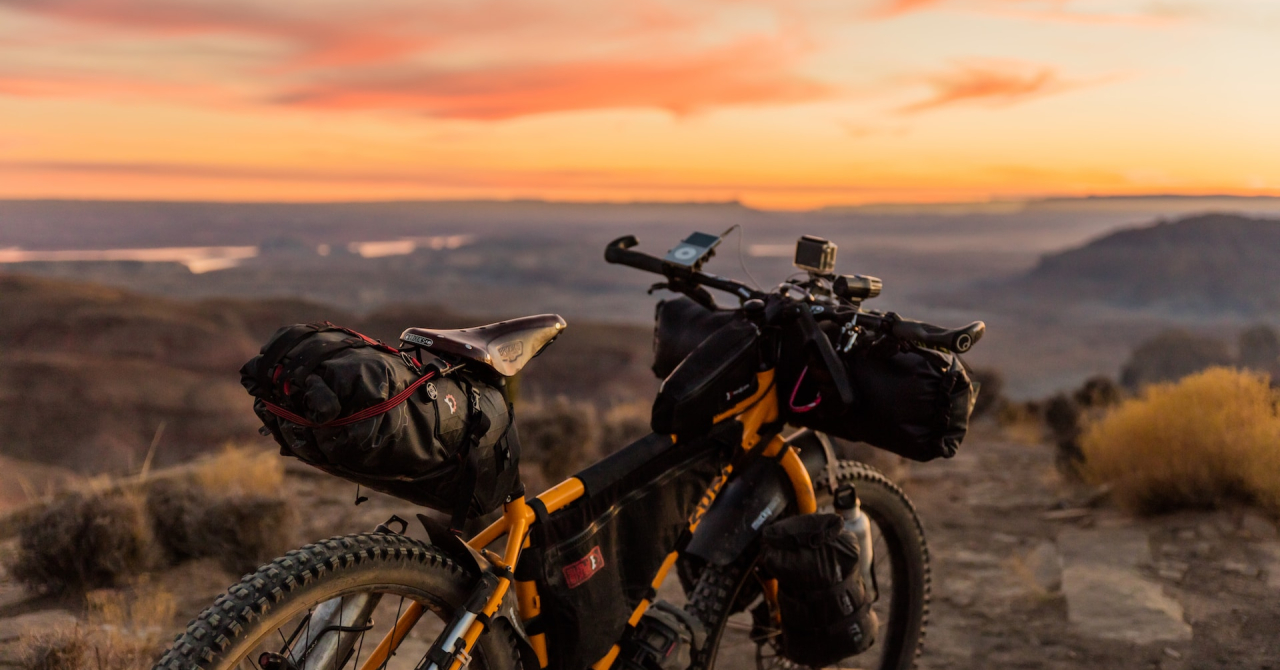Here is our guide for buying the perfect bike for your needs.
There are, of course, much cheaper bikes to choose from, if you don't want to spend thousands of euros or if you want to get the most exercise out of every trip, without resorting to electric assistance.
Where do you plan to use your bike
It's important to know your environment, first and foremost, which is where you will ride your bicycle. Is it going to be in a city located at low altitude, with almost no hills to climb or are you going to commute in a mountain town, with lots of steep hills, where electric assistance could be a must?
Also, take into account if there is likely for you to ride your bike off-road, as that's when you might need a mountain bike, even if you don't live near the mountains. If the roads you plan to ride on aren't the smoothest and there are quite a bunch of potholes or tram tracks, for example, a bicycle equipped with a suspension system, at least on the front, will be ideal for shock absorption.
For most people, a cruiser or a city bike could be the perfect all-rounder, as they are comfortable to ride and are designed to achieve a moderate speed, without too much resistance. Keep in mind that not all of these models have a front mounted suspension and almost none have one beneath the seat, either, but that's usually not a problem.

Folding bicycles are another option for those that live in an apartment complex, where they might need their two-wheeled vehicle to be as small and lightweight as possible for carrying it around. Otherwise, they bear about the same characteristics as the regular cruiser or city bike, just while being smaller.
City bikes start at just one hundred euros, but can get more expensive if you opt for a battery-powered model or a more high-end one in general.
Speed and comfort for longer rides
If you plan to commute between towns or cities on a regular basis, you need to consider that you might be spending quite a lot of time on the seat of your bike, which is why the more comfortable and easier to pedal, the better the experience.
Road, touring and cruisers are ideal for this scenario, as they have been designed from the beginning to be ridden for long distances, so they offer the most comfort, higher top speeds and faster, easier accelerations, even if you're not a hardcore cyclist.

Because these bikes have been designed to be lightweight, they usually skip on using any kind of suspension, have skinny tires and they rarely pack electric powertrains. That's because electric motors and batteries add quite a lot of weight and road bikes need to be as light as possible for the easiest pedaling experience.
As someone who rode for many years on a 1970-made road bike, I can confidently tell you that you can skip on the electric powertrain for these models, because they are lightweight and their transmission is designed for fast and almost effortless acceleration.
Try to avoid mountain bikes for long trips, as their transmissions are limited with regards to how fast they can go and their tires are designed more for off-road types of usage, rather than long trips. Also, a full-suspension bike might seem like a good choice for long trips, but you actually have more control with a suspension-less model, which will make the ride feel more comfortable in the long run.
Set yourself a budget

It all depends on your needs, what you desire from a bicycle and how much you are willing to spend.
Usually, between 100 and 300 euros you will find the most barebones bikes that offer you the basics to get around the city and even outside, but don't expect any creature comforts, like a lightweight build or quality brakes or even a multiple-speed transmission, in some cases.
Between 300 and 1.000 euros is the sweet spot if you want to have more choices and here you will find higher-end city or cruisers, entry-level road bikes and even affordable electric models.
If it was me, I would spend around 400-500 euros on a city or cruising model to use for short and long distances, depending on the situation, since I don't use a bike for off-road purposes.
Anything over 1.000 euros is pretty much guaranteed to offer you a premium riding experience, with lightweight, but strong materials, more advanced transmission systems, better brakes and more powerful electric motors with longer range.
Build-in GPS systems and more complex computers are another thing to expect at this sort of a price range, but if you don't ride your bike often or for long distances, I would argue the nice-to-haves are not really going to improve your experience too much.
Don't forget to check the used market, too
With bikes it's easier to shop used than it is with cars, for example, as you don't have to worry about as many things, especially if the model you're looking at isn't electric. Buying a used battery-powered bicycle is a little more complicated, because you need to check if the electric motor works properly and if it is able to deliver the full power on demand, while also determining if the range is good enough for you.

Still, if you opt for a used classic bike, then it's pretty simple. Check the overall physical condition, the wheels, the tires, the brakes and the transmission, if it has one. Take it for a short spin and then you are done and ready to purchase a good bike for city commutes, while saving some cash.
Whichever route you choose, remember to get familiar with the roads you are commuting on and respect the traffic rules to avoid accidents.
Once you get the hang of it, you will want to ride your bike almost everywhere you go, saving yourself time and the planet in the process.
 Mihai - Cristian Ioniță
Mihai - Cristian Ioniță












Any thoughts?